The basic components for this build are all in place, now it is time to add in the parts that pull it all together.
Next up was to fit the buttplate, the top half of this is fixed in place but the bottom folds in to help the rifle pack up smaller for transport. 
In the folded position. Once the cushioned pads are in place it won’t fold quite as far as this but it allows it to fold a lot closer than it would otherwise.
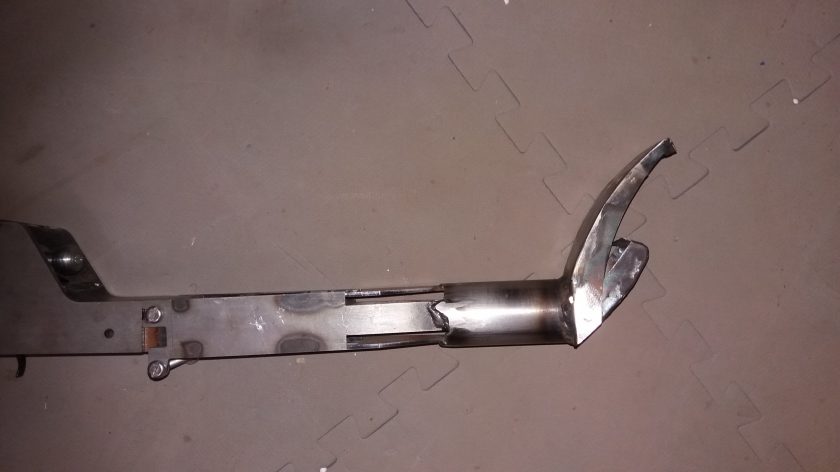
I have now planed the stock down to its rough shape, adding the grooves with the router. If I was doing this again, I would definitely make these grooves sooner as achieving a straight and level cut on this shape is quite tricky!

The forestock needs another mounting point further back to really solidly hold it in place, I expect I will have to make some kind of band that slips around the action as the bottom of the tubes at the chamber end are all cut open to hold the airsoft parts. It may make sense to combine this with the rear sight, which is still yet to be mounted.

The rear sight fitted in position. This is welded into place on the front. I decided not to use this at the attachment point, instead adding a second screw well behind the first one.

Taking the buttstock home, there are a couple of bits of fabric work for this build. Firstly, the leather cheek rest, presumably added to keep the cheek away from cold metal. It certainly doesn’t provide any great cheek weld.
The second part is the cushioned buttpad, to absorb the not insignificant recoil on the original!

The leather cheek rest is laced on so it can be removed easily. The originals were sewn on but this looks the part and makes it easier to remove and maintain.

I have to make the carry handle covers, fit the foresight and re-assemble to paint it, but that’s the majority of work to come.

In the meantime, the trigger unit cover and pistol grip. I already welded the grip together, at this stage I used a bolt to line up the hinge points and the grip over the cover plate. This can be tacked down so the whole unit swivels as one.

In place. The receiver was slightly out of square, so I used a clamp to hold it in place while I made adjustments.

Although the pivoting grip unit doesn’t cycle the action like the original, it will be useful for disassembly.

It opens much like the original.


At the front, I now have a cover plate for the magazine well, which can be swivelled aside to access the magazines and change them.

If you are interested in this project or have an idea of your own, drop us a line on enquiries.vintageairsoft@gmail.com to discuss. ‘Like’ our Facebook page or follow the blog to get regular updates on projects and interesting videos and articles.
Don’t forget you can buy our complete products via Etsy.




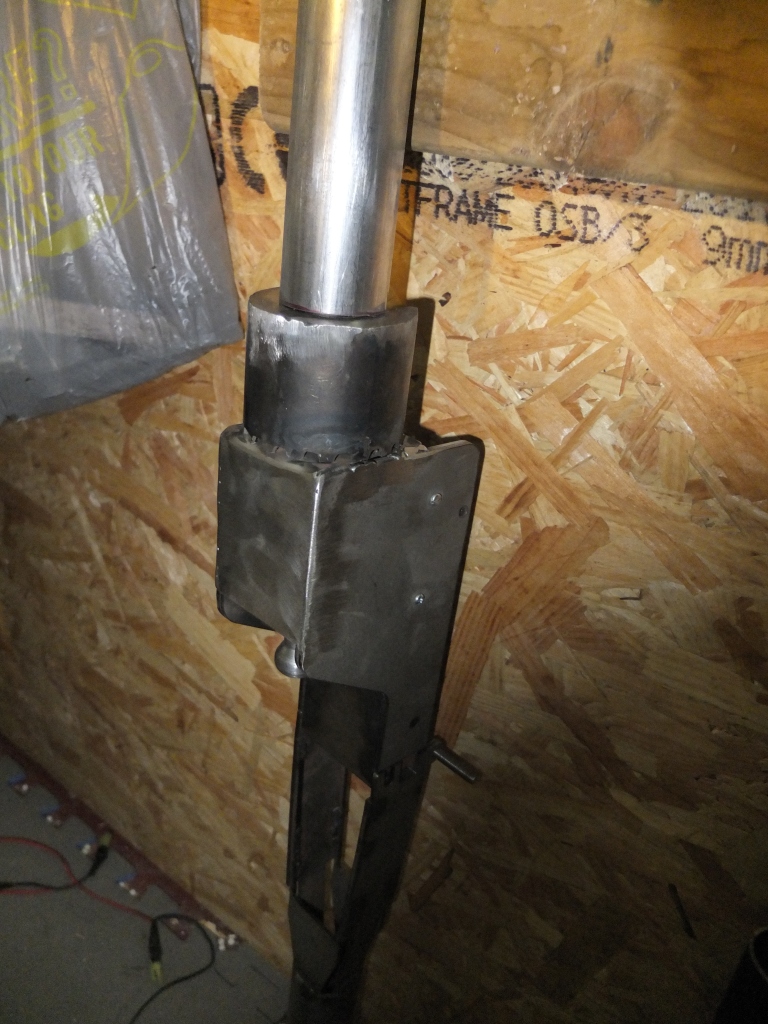






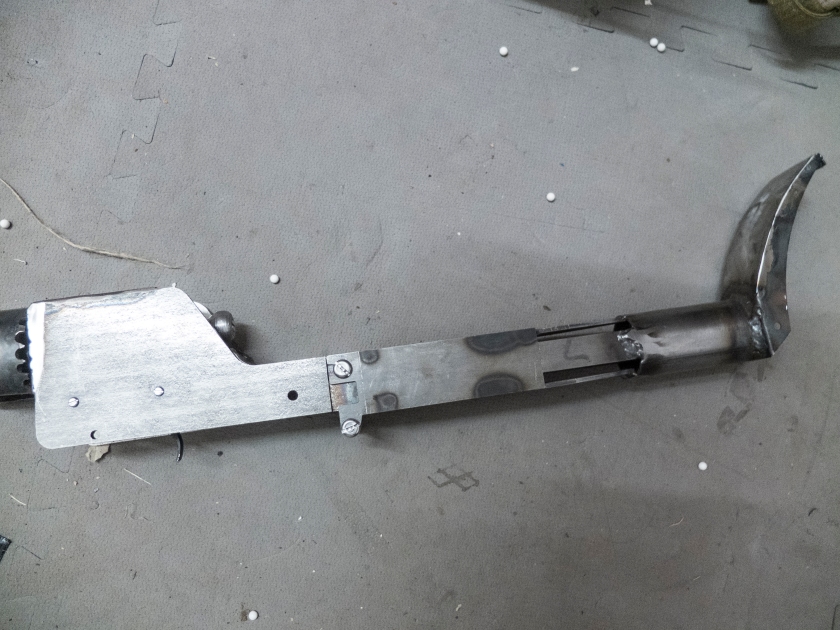
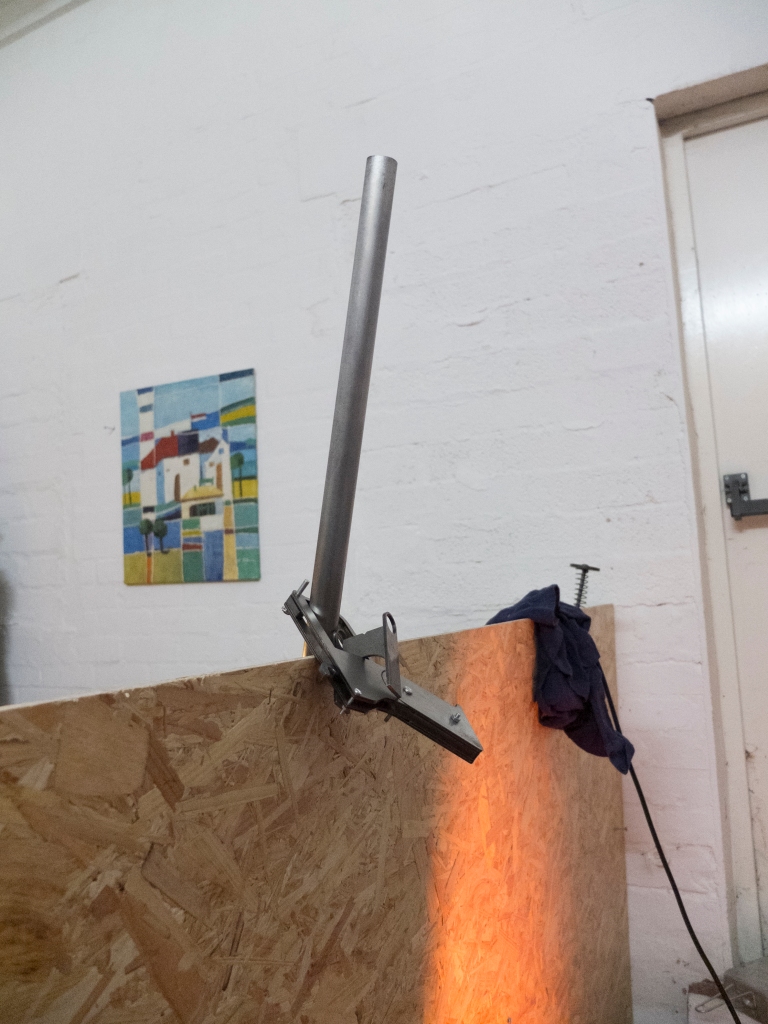


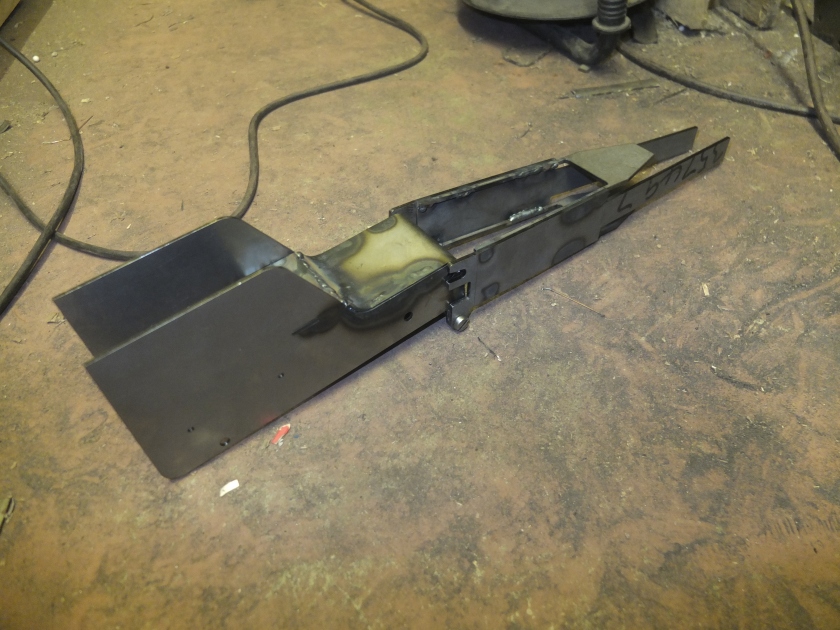

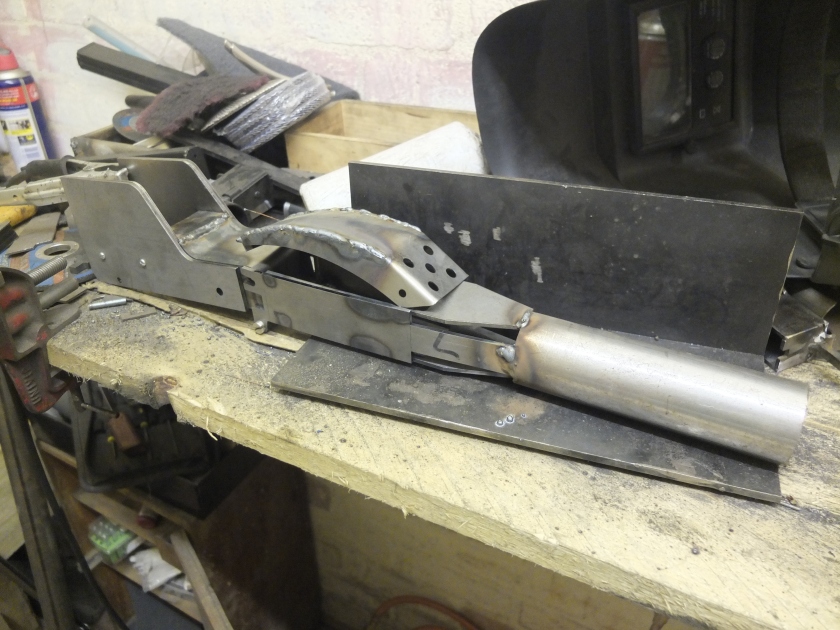

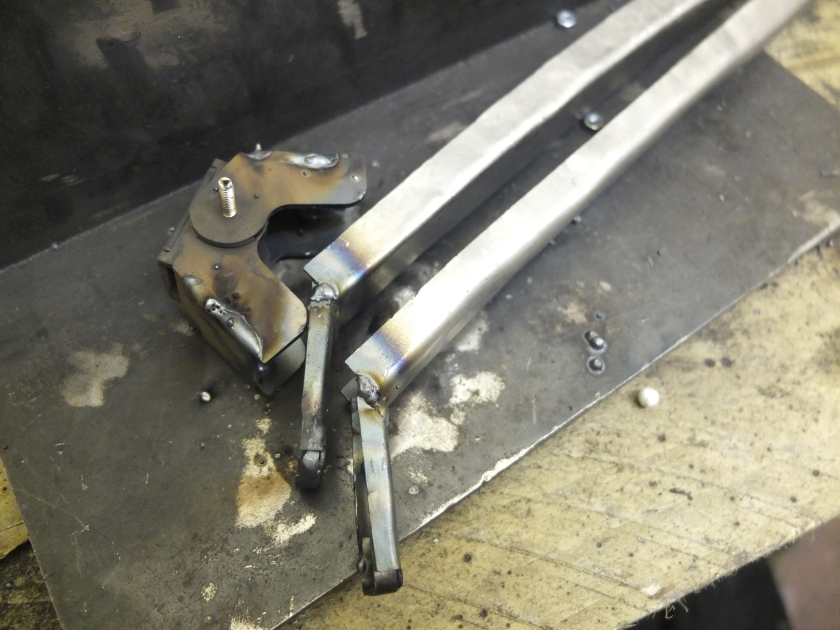


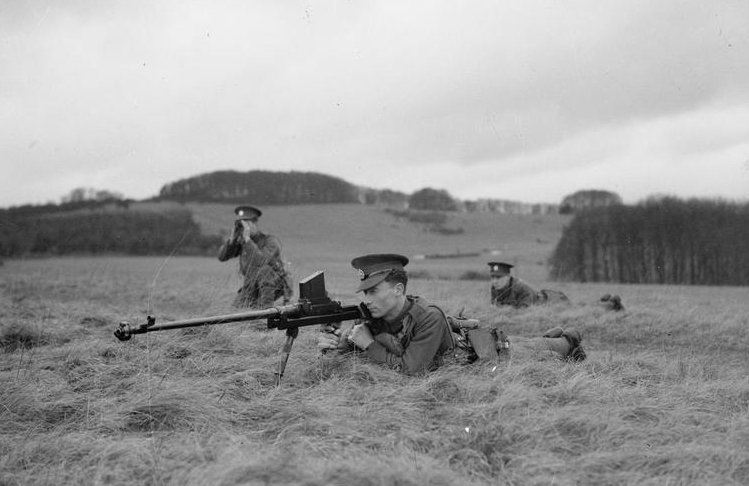




 The second thing to note about this rifle is that it is single shot. Every time to fire, you must open the breech and load a new cartridge, all manually. The action is a falling block, not dissimilar to that used by the Martini-Henry. It is opened by pushing the pistol grip forward, which pivots down at the front of its mounting. This ejects the spent cartridge and allows you to replace it.
The second thing to note about this rifle is that it is single shot. Every time to fire, you must open the breech and load a new cartridge, all manually. The action is a falling block, not dissimilar to that used by the Martini-Henry. It is opened by pushing the pistol grip forward, which pivots down at the front of its mounting. This ejects the spent cartridge and allows you to replace it.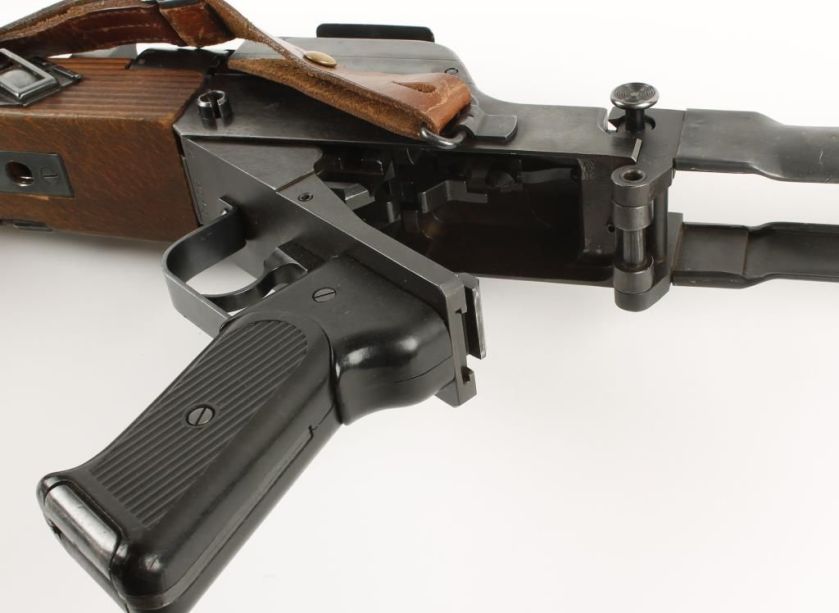















 The trigger mechanism is now also smaller and smoother to operate, so it now looks like this:
The trigger mechanism is now also smaller and smoother to operate, so it now looks like this:








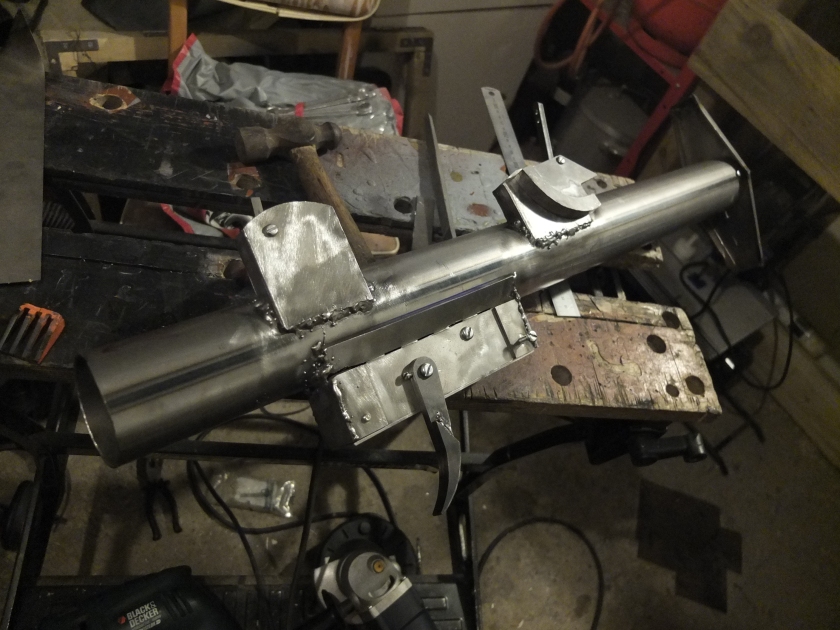





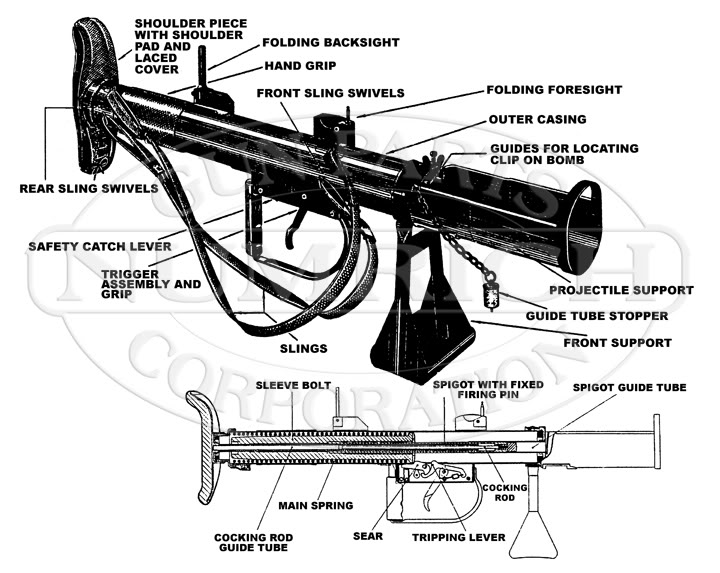




 The whole unit after poly-cement. Looks a bit rough, but I have a solution to that!
The whole unit after poly-cement. Looks a bit rough, but I have a solution to that!

